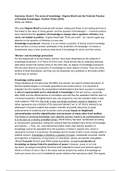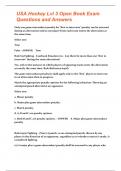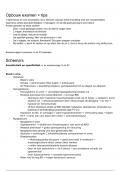Samenvatting
Summary - Foundations of New Media Design 2018 - Premaster CIS
- Instelling
- Tilburg University (UVT)
This is a summary of the course Foundations of New Media Design. The summary is made of all the lectures. I used this summary to study for the final exam and passed it! Good luck!
[Meer zien]











